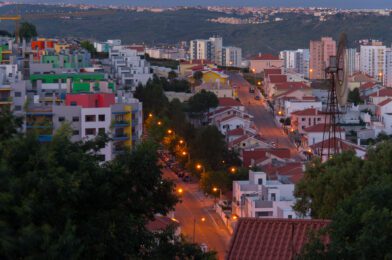| Nikon D4, 28-300mm, ISO 800, ƒ/9, 1.3 sec |
Who, What, WHERE, Why, When & How
We teach in Journalism 101 the five Ws and H as the questions whose answers are considered essential in information-gathering. Importantly, none of these questions can be answered with a simple “yes” or “no.”
Last week while teaching Multi-Media Storytelling Workshop in Lisbon, Portugal, we covered getting images that help give context to their stories.
You can visually capture the Five Ws and Hs. Conveying a complex idea by a photojournalist with just a single still image is what the adage “A picture is worth a thousand words” is all about. It also aptly characterizes one of the visualization’s main goals, allowing it to absorb large amounts of data quickly.
The power of a single image is why visual storytelling can be compelling. You can convey a lot of information to the audience in a short time.
While one image can capture “Where,” a series of photos in multimedia can do even more; depending on the sequence, some music and the human voice can pull you deeper into the story’s context.
Here is a photo of Nazaré, Portugal, where I am at Sítio (an old village on top of a cliff) overlooking Praia (along the beach). This photo is an example of how you, as a tourist, give context. Shoot too tight, and you could be anywhere in the world. But don’t make that mistake; you could have stayed home and taken photos in your backyard.
Depth-of-Field
Context photos are difficult when you use a shallow depth-of-field. Compare these two photos by changing the aperture to give a greater depth of field.
Wide Angle Lens
I prefer to get close with a wide angle versus using a longer telephoto lens, but here in these photos, it does work.
Remember when you travel, and you want to take establishing shots that capture where you were, not just photos you could have taken anywhere.





